Chintz in Friesland
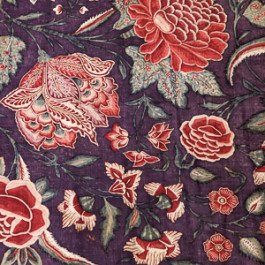
Going Dutch
16 images
One of Europe's best but little-seen collections of Indian painted cotton chintz is on display at the Museum of Friesland.
- Chintz exhibition in the Museum of Friesland in Leeuwarden, The Netherlands. Photo – Erikjan Koopmans
- Chintz exhibition in the Museum of Friesland in Leeuwarden, The Netherlands. Photo – Erikjan Koopmans
- Chintz exhibition in the Museum of Friesland in Leeuwarden, The Netherlands. Photo – Erikjan Koopmans
- Chintz exhibition in the Museum of Friesland in Leeuwarden, The Netherlands. Photo – Erikjan Koopmans
- Chintz exhibition in the Museum of Friesland in Leeuwarden, The Netherlands. Photo – Erikjan Koopmans
- Chintz exhibition in the Museum of Friesland in Leeuwarden, The Netherlands. Photo – Erikjan Koopmans
- Chintz exhibition in the Museum of Friesland in Leeuwarden, The Netherlands. Photo – Erikjan Koopmans
- Detail of table cloth. Cotton, painted with chintz technique, Zuid-India, ca. 1650. Museum of Friesland, Leeuwarden – laon Ottema-Kingma Stichting. Photo © Photostudio Noorderblik.
- Japanese dress. Cotton, painted with chintz technique, India 1700-1725. Collection Museum of Friesland, Leeuwarden. Photo © Photostudio Noorderblik.
- Sun hat. Cotton, painted with chintz technique, India ca. 1730. Museum of Friesland Leeuwarden, collection Koninklijk Fries Genootschap. Photo © Photostudio Noorderblik.
- Palempore. Cotton, painted with chintz technique, India 1700-1725. Museum of Friesland Leeuwarden – collection Koninklijk Fries Genootschap. Photo © Museum of Friesland Leeuwarden.
- Hindelooper wentke, coat for women, part of a Hindelooper costume. Cotton, painted with chintz technique, India, 1725-1750. Museum of Friesland Leeuwarden – collection Koninklijk Fries Genootschap. Photo © Museum of Friesland Leeuwarden
- Chintz exhibition in the Museum of Friesland in Leeuwarden, The Netherlands. Photo – Erikjan Koopmans
- Detail Japanese jacket, collection Museum of Friesland, Leeuwarden. Photo © Photostudio Noorderblik.
- Coat for women. Cotton, painted with chintz technique, India ca. 1750. Jak: collection Museum of Friesland, Leeuwarden. Dress: Museum of Friesland Leeuwarden – collection Fries Genootschap. Photo © Photostudio Noorderblik.
For people that know, the exhibition of chintz ‘Sits, katoen in bloei’ (until 10 September 2017) at the Museum of Friesland in the Netherlands is a much-anticipated event, but for those that are less familiar with the textile collections of Europe, the existence of a world class collection of Indian textiles in a place more readily associated with livestock is a revelation.
The collection represents the distillation of the many years during which the Netherlands, and the VOC or Dutch East Indian Company, dominated trade with the east. This is best illustrated by a kimono in the exhibition, which shows the reach of chintz and the VOC since it was made for the Japanese market in India and then by virtue of the VOC’s exclusive licence to trade with the closed islands of Japan found its way to Europe. The exhibit has a small catalogue and also features several contemporary works of art either inspired by antique examples or, in the case of the reproduction that features in HALI 191, examine the complex techniques used in making the sumptuous cottons.


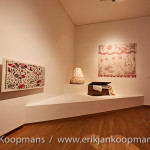
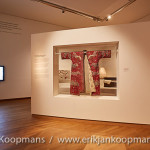
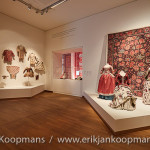
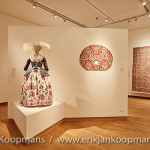
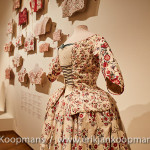
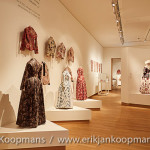
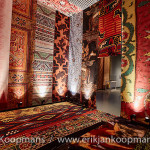
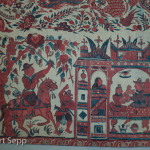
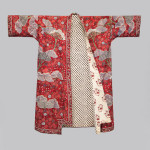
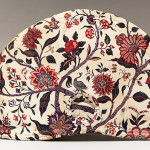
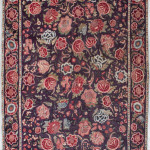
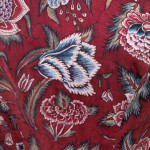
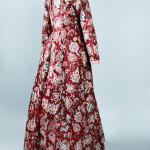
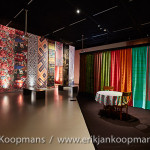
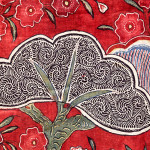
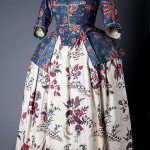










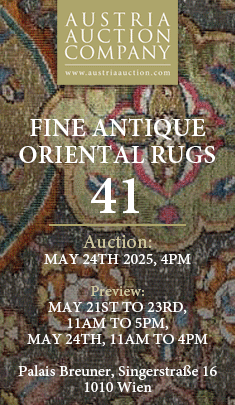
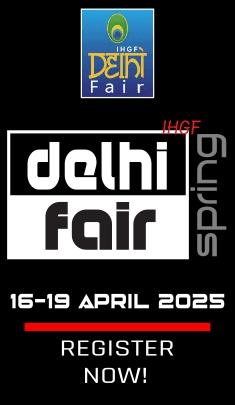

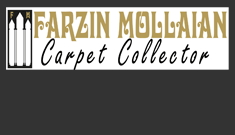
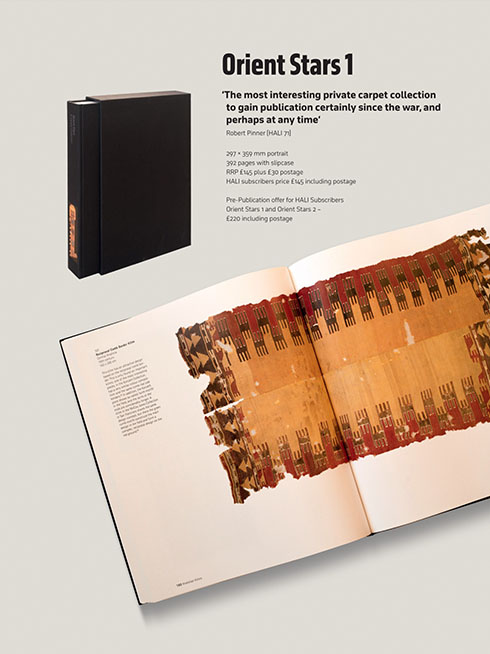




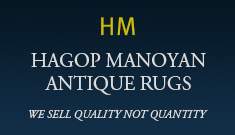

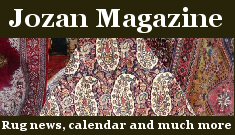
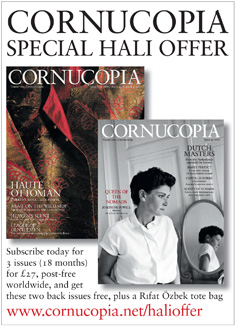

Comments [0] Sign in to comment